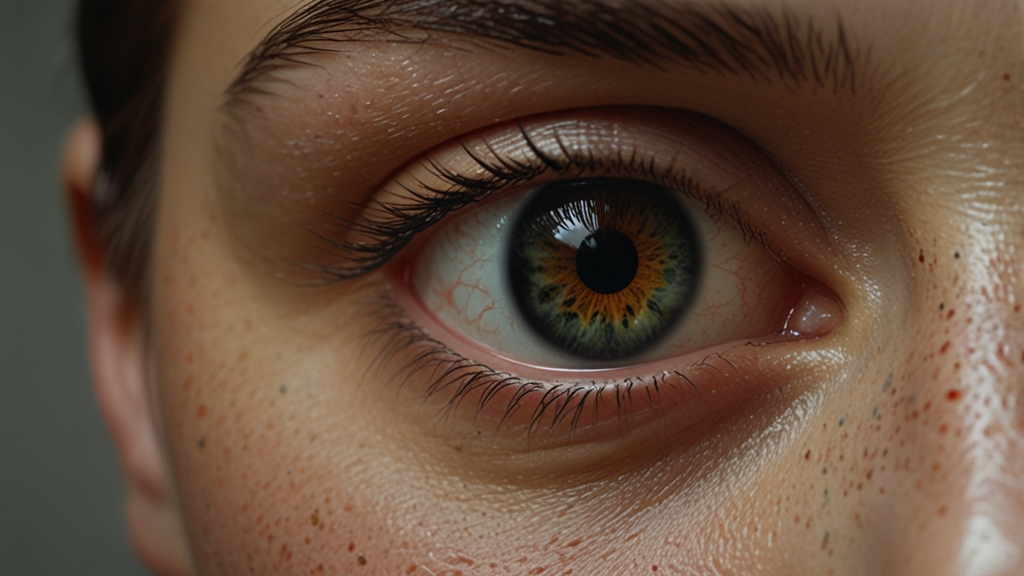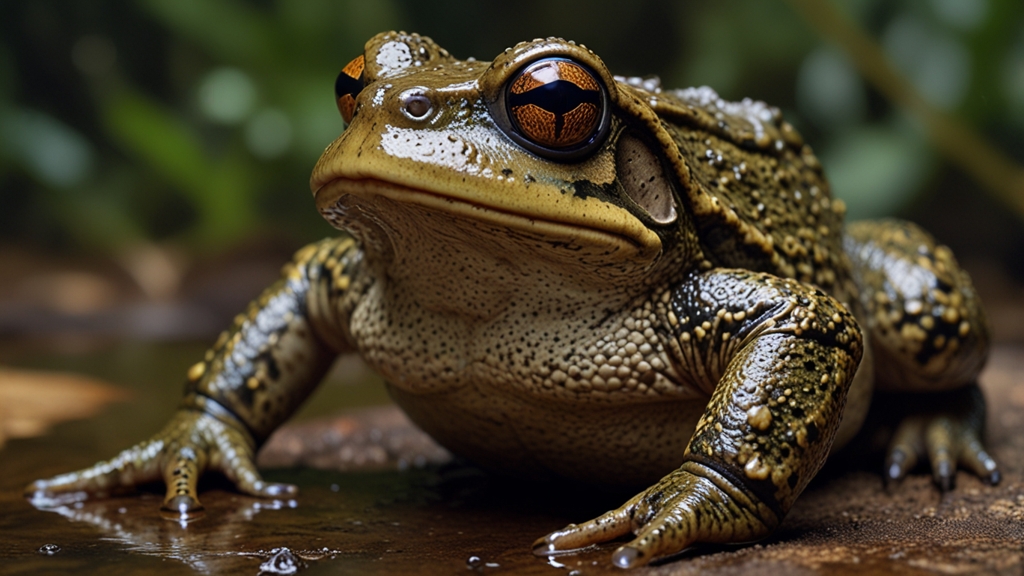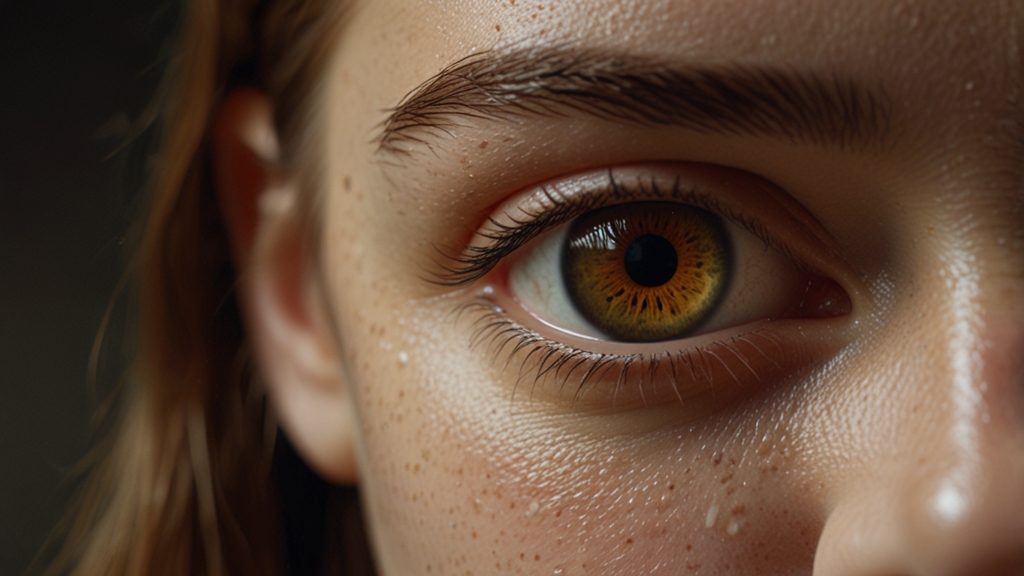The Philosophy of Art: Is Beauty Truly in the Eye of the Beholder?
Art has long been a subject of philosophical inquiry, with questions about its nature, purpose, and, perhaps most intriguingly, its beauty. One of the most debated ideas in the philosophy of art is the assertion that beauty lies "in the eye of the beholder." This phrase suggests that beauty is a subjective experience, varying greatly from one individual to another. But is this entirely true? Can beauty be purely subjective, or are there objective elements that transcend personal preferences?
The Subjective Nature of Beauty
The idea that beauty is subjective finds support in a plethora of philosophical traditions and theories. According to the relativist view, individual tastes and cultural backgrounds significantly influence perceptions of beauty. What one person finds beautiful, another may not, shaped by their personal experiences and societal context.
"Beauty in things exists merely in the mind which contemplates them." - David Hume
David Hume, an 18th-century Scottish philosopher, argued that beauty is not a quality in objects themselves but is instead a perception in the mind of the observer. This perspective aligns with modern psychological theories that emphasize the role of cognitive processes and emotional responses in our experience of art.
Objective Elements of Beauty
On the other hand, several philosophers and art theorists maintain that there are objective aspects of beauty that can be universally recognized. The objectivist view posits that certain features—such as symmetry, harmony, and proportion—have a universal appeal and are considered beautiful regardless of individual subjectivity.
"The good is always beautiful, and the beautiful never lacks proportion." - Plato
Plato suggested that beauty, like goodness and truth, has an objective reality. According to this view, beauty is a form that can be appreciated by reason and is not entirely dependent on individual taste. Plato believed that through education and philosophical inquiry, people could come to appreciate these objective elements of beauty.
The Interplay Between Subjective and Objective Beauty
Interestingly, some modern theories blend both subjective and objective elements to provide a more holistic understanding of beauty in art. For instance, evolutionary psychology suggests that our sense of beauty has developed through natural selection. Traits that signal health, fertility, and good genes are often considered beautiful across different cultures. Thus, while individual experiences shape our perception of beauty, there are underlying factors influenced by our biological evolution.
Moreover, art criticism often attempts to bridge the subjective-objective divide. Critics analyze works of art not solely based on personal preference but also considering historical context, technical skill, and cultural significance. Such multi-dimensional analysis aims to provide a more balanced understanding, recognizing both subjective impressions and objective criteria.
Conclusion
The debate over whether beauty lies in the eye of the beholder remains ongoing and complex. While subjective experiences undeniably influence our perception of beauty, elements that transcend individual preferences suggest that some aspects of beauty could be considered objective. The philosophy of art continues to explore this dynamic tension, offering insights that enrich our understanding of what makes something truly beautiful.








